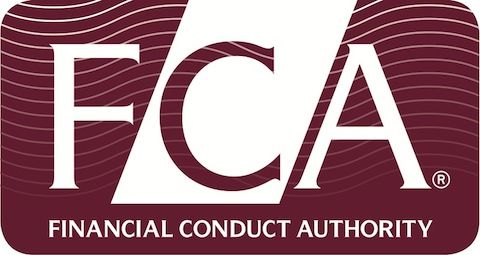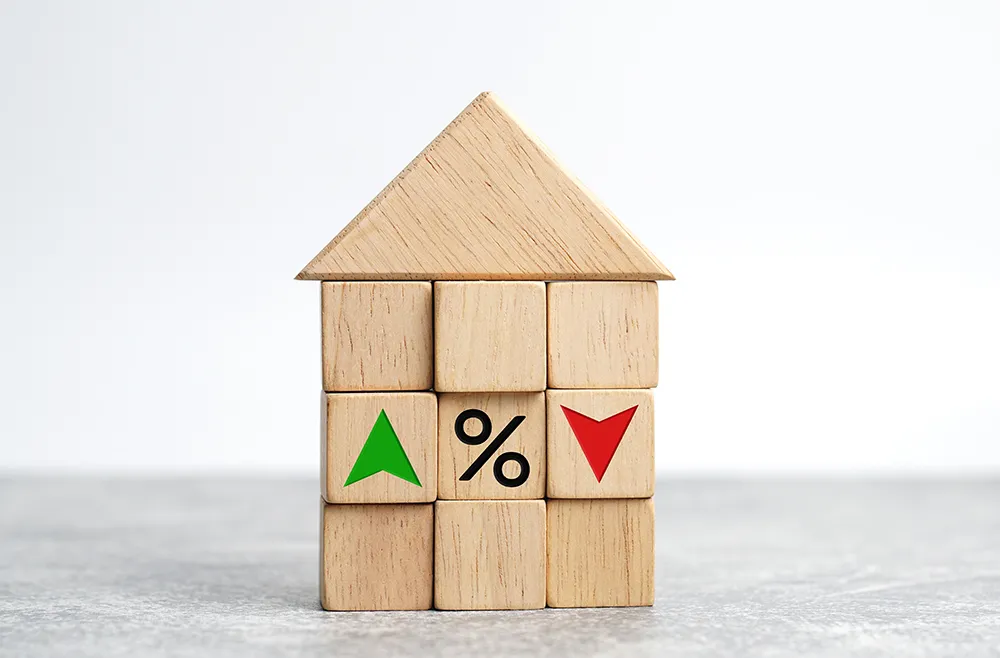
Stamp duty tax receipts in England totalled £15.7bn between April to December last year, a £1.8bn increase on the same period a year ago, HMRC data reveals.
Coventry Building Society’s analysis of the HMRC’s figures reveals that homebuyers paid out a record total of £16.2bn in stamp duty last year, £3bn more than in 2021.
In 2021 homebuyers paid £13.2bn in stamp duty – this was surpassed in October, making 2022 a record-breaking year for stamp duty receipts.
Last year, included eight of the top ten highest months on record for stamp duty returns.
In December homebuyers paid £1.4bn which is £3.2m lower than December the previous year.
Coventry Building Society says this could be attributed to the new stamp duty thresholds which were set in September.
In the Autumn Statement, the chancellor announced these thresholds will only remain in place until 31 March 2025.
On 10 January the Stamp Duty Land Tax (Reduction) Bill went through a third reading in the House of Commons where an amendment to make the reduction temporary was agreed.
Coventry Building Society head of mortgage relations Jonathan Stinton says: “Last year people paid more tax buying their homes than ever before. The new thresholds introduced in September mean homebuyers will get a bit of welcome relief for the next couple of years, but a long-term plan needs to be established.”
“The chancellor has already hinted that it’s going to be a bland budget this Spring, with no tax cuts expected to be announced, but discussions around stamp duty shouldn’t be taken off the table.”
“We’ve already seen that the fairly blunt instrument of a stamp duty holiday in 2020 and 2021 didn’t stifle tax revenues. Taking a creative approach to stamp duty reform, with incentives for energy efficient home improvements, for example, could create better outcomes for everyone.”
“Allowing a stamp duty waiver for downsizers could be another option on the table. There are over 9m households in England with at least two spare bedrooms, if these people want to move to a smaller home they could be hit with a tax bill for thousands. That’s an extra cost which could prompt more people to stay in larger family homes for much longer and create unnecessary friction at the top of the ladder.”
Meanwhile, Hargreaves Lansdown senior pensions and retirement analyst Helen Morrissey says while there was a slight uptick in figures following government announcements of stamp duty cuts, but it had started to trend down.
Morrissey comments: “At first glance, stamp duty receipts also look extremely healthy, but a closer inspection shows signs the market is running out of steam. Government moves to cut the amount of stamp duty paid gave the market a bit of a boost just before Christmas but prior to that the trend was down as the market started to struggle amid cost-of-living concerns which were then exacerbated by the fall out of the mini-budget.”
“Some buyers may have been coaxed back out into the market since, but the gloomy economic outlook means many people are shelving their house buying plans for now. With the time lag between choosing to buy a house and stamp duty paid being around three to four months the likelihood is that we will see receipts continue to cool.”



